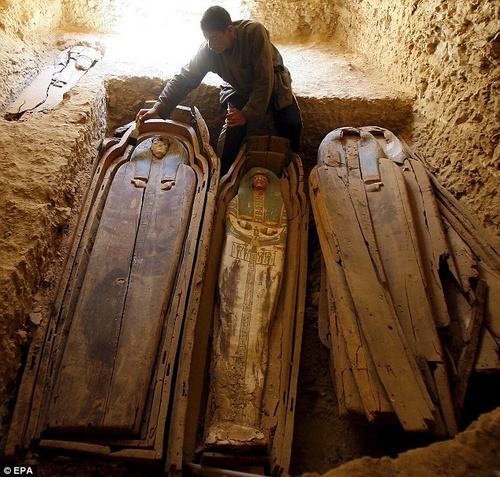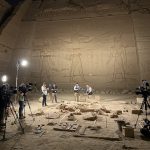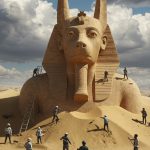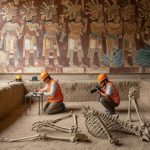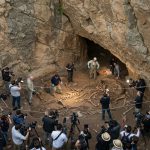The Pharaoh Who Shouldn’t Exist
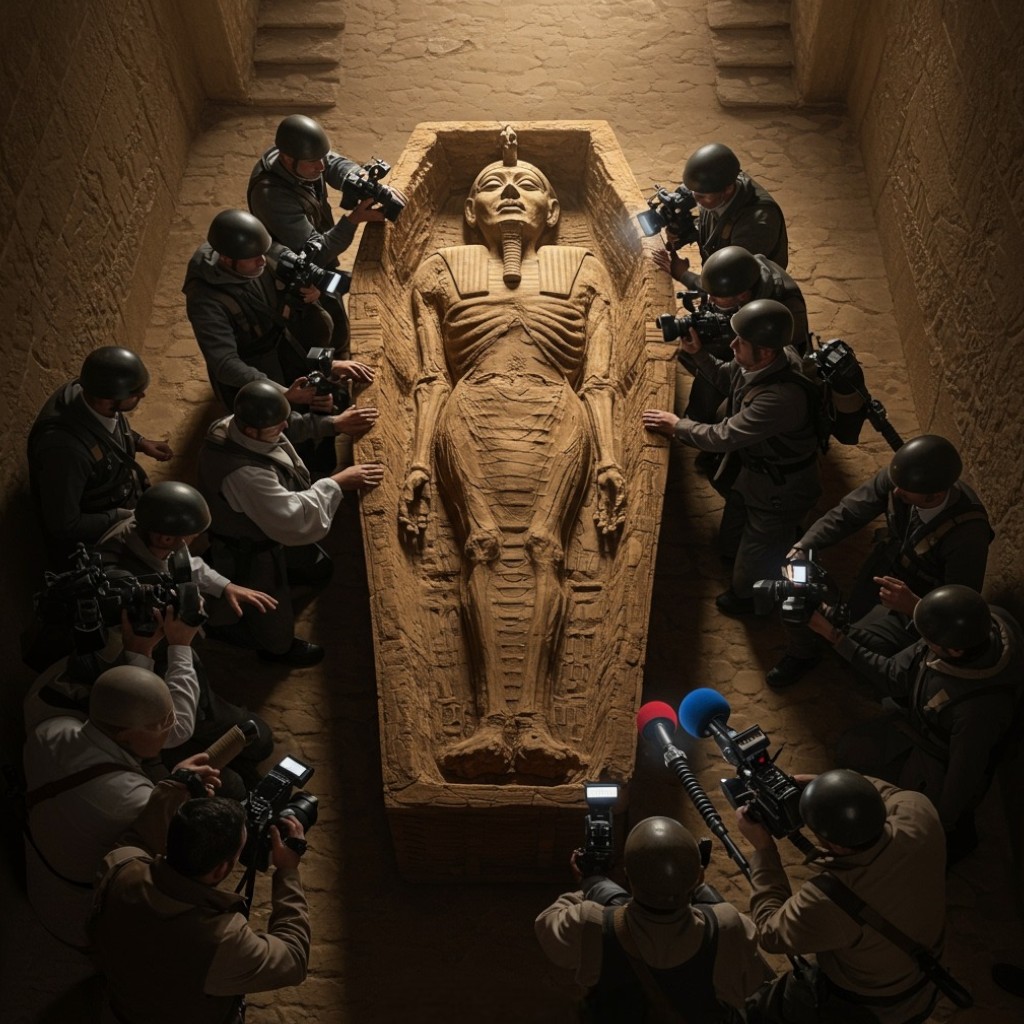
1. The Heretic King: Akhenaten, The Pharaoh Erased from History
The title “The Pharaoh Who Shouldn’t Exist” is best applied to Akhenaten, an 18th Dynasty ruler whose very memory was systematically purged from Ancient Egyptian history. Around 1350 BC, Akhenaten (originally Amenhotep IV) initiated a radical, short-lived shift to a monotheistic religion, forcing the worship of a single deity, the sun disk Aten, and abandoning the traditional pantheon. This religious revolution was so controversial that his successors, most notably Horemheb and the priests of Amun, deliberately destroyed his monuments, smashed his statues, and deleted his name from the official King Lists. Searching for “Akhenaten’s rule” is an essential deep dive into Egypt’s most challenging historical period.

2. Hunting for the Lost Pharaoh: Uncovering the Amarna Revolution
For over 3,000 years, Akhenaten was a ghost in the annals of time—a missing link in the Eighteenth Dynasty that historians could not explain. The crucial evidence for this “erased pharaoh” finally emerged with the discovery and excavation of his capital city, Amarna, located in the middle of the desert. Finds at the site, including the famous bust of his wife Nefertiti, revealed a complete cultural and artistic revolution. Archaeologists continue to use the term “The Amarna Period” to describe this controversial era, as it was a desperate, and ultimately failed, attempt to create a completely new Egyptian reality, making Akhenaten the ultimate controversial pharaoh.
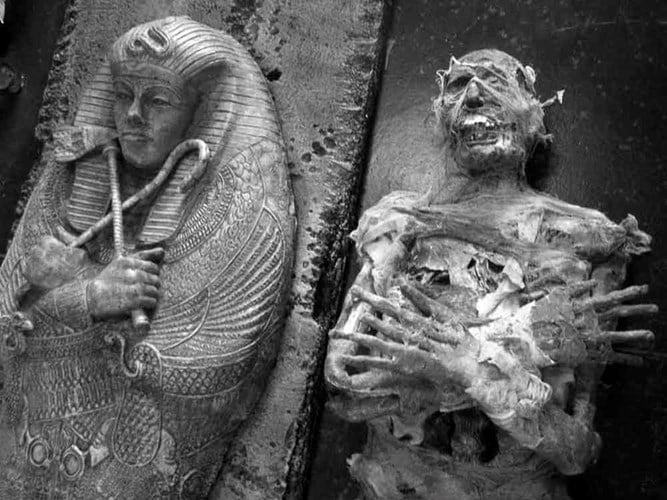
3. The Legacy of Erasure: Why Historians Call Him the Rebel Pharaoh
The campaign to erase Akhenaten was so successful that his young successor, Tutankhamun (originally Tutankhaten), spent his brief reign restoring the old gods, thus solidifying the damnatio memoriae against his father. Because the king lists skipped directly from Amenhotep III to Horemheb, effectively cutting out Akhenaten and his direct heirs, he truly became “the pharaoh who shouldn’t exist” in official records. This intentional act of historical revisionism highlights the immense power struggle between the throne and the priesthood, and explains why studying the reign of this rebel pharaoh is key to understanding the political and religious instability that rocked the New Kingdom of Egypt.
